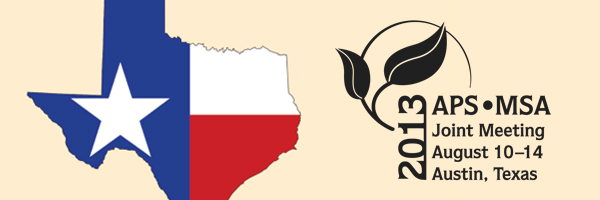APS Homepage
Back

Poster Session: Mycology
© 2013 by The American
Phytopathological Society. All rights reserved.
56-P
Puccinia on wheat and other Poaceae in the Ecuadorian highlands.
M. E. ORDOÑEZ (1), C. E. Vivanco (1), S. Hambleton (2), C. W. Barnes (3)
(1) Pontificia Universidad Católica del Ecuador, Quito, Ecuador; (2) Eastern Cereal Oilseed Research Centre, Agriculture and Agri-Food Canada, Ottawa, ON, Canada; (3) Universidad Tecnologica Indoamerica, Quito, Ecuador
Wheat, together with rice and barley, are the most important cereals in Ecuador. However, the country imports 98% of its wheat requirements. In order to assure food security of this crop the government is interested in increasing the wheat acreage in Ecuador. Puccinia striiformis f.sp. tritici is the most important disease on wheat in Ecuador. Very little is known of the genetic makeup of the stripe rust population in the country, or its alternative hosts. To investigate this, we collected rust fungi from the largest wheat farm in Ecuador and from wild Poaceae hosts in the Ecuadorian highlands. P. striiformis f.sp. tritici samples were tested for virulence on 18 single resistant gene differentials, and with stripe rust specific SSR markers, while the rust from Poaceae were identified through ITS sequencing. No virulence for Yr5 or Yr15 was found, while some samples were virulent on most of the remaining 16 differentials tested. The SSR marker analysis is in progress. On Poaceae we identified P. holcina, P. coronata, P. graminis, P. striiformis, and Puccinia sp. that most closely resemble Puccinia species infecting berberis in Sweden. The potential of these rusts species to infect commercial cereals remains unknown. Our preliminary results show a diverse group of species and genotypes of rust from Poaceae in the Ecuadorian highlands. Future work involves additional virulence and molecular characterization of the samples.